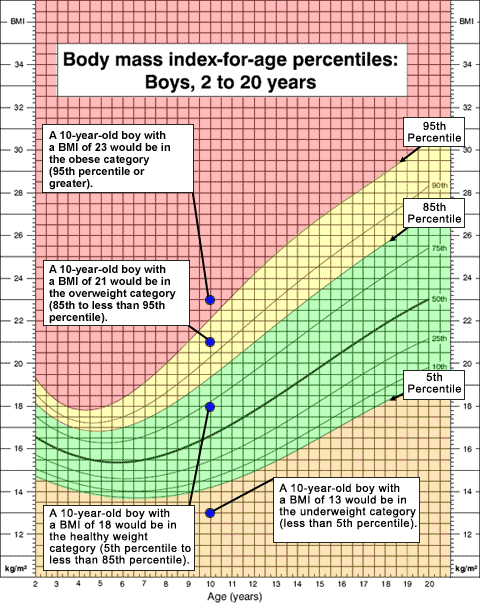

 Children's Calorie Needs Calculator
Children's Calorie Needs Calculator
From age 3 to 18 years, how many calories your child must to eat per day.
The calorie needs of children vary depending on factors such as age, gender, weight, height, activity level, and growth rate. Here are some general guidelines for estimating calorie needs based on age and activity level:
Infants (0 to 12 months): Infants typically need between 600 to 1000 calories per day, depending on their age and size. Breast milk or formula provides the majority of their calorie needs during the first few months, and solid foods are gradually introduced.
Toddlers (1 to 3 years): Toddlers require about 1000 to 1400 calories per day. Their diets should include a variety of nutrient-dense foods to support their rapid growth and development.
Preschoolers (4 to 5 years): Preschool-aged children generally need around 1200 to 1600 calories per day. As they become more active and independent eaters, it is important to offer balanced meals and snacks to meet their nutritional needs.
School-age children (6 to 12 years): School-age children typically require about 1400 to 2200 calories per day, depending on factors such as gender, activity level, and growth rate. Boys generally need more calories than girls, and active children may require additional calories to support their energy needs.
Adolescents (13 to 18 years): Calorie needs during adolescence vary widely depending on growth spurts, physical activity level, and individual factors. On average, adolescent boys may need 2200 to 3200 calories per day, while girls may require 1800 to 2400 calories per day.
It is important to note that these are general guidelines, and individual calorie needs may vary. It is also essential to focus on the quality of the diet, ensuring that children consume a balanced and varied diet rich in fruits, vegetables, whole grains, lean proteins, and healthy fats to support growth, development, and overall health. Consulting with a healthcare provider or registered dietitian can provide personalized guidance on childrens nutritional needs.
Height Converter :
The following converter can be used to convert the body height between the metric unit and the unit used in the United States.

Don't know your child's BMI Percentile?
Use the Child and Teen BMI Calculator to calculate BMI. The BMI number is calculated using standard formulas.
The BMI-for-age percentile growth charts are the commonly used indicator to measure the size and growth patterns of children and teens in the U.S
Expert recommendations are shown in the following table
| Weight Status Category | Percentile Range |
|---|---|
| Underweight | Less than the 5th percentile |
| Normal or Healthy Weight | 5th percentile to less than the 85th percentile |
| Overweight | 85th to less than the 95th percentile |
| Obese | Equal to or greater than the 95th percentile |
Example :
The following is an example of how sample BMI numbers would be interpreted for a 10-year-old boy.

Reference :
CDC (Centers for Diease Control and Prevention. Click here for further details.
 Recommended Pages ►
Recommended Pages ►
If you like Children Energy Need Calculator, please consider adding a link to this tool by copy/paste the following code:
